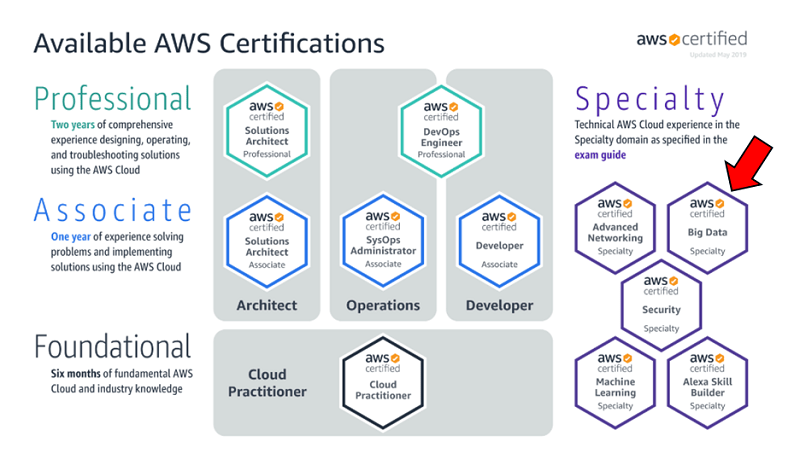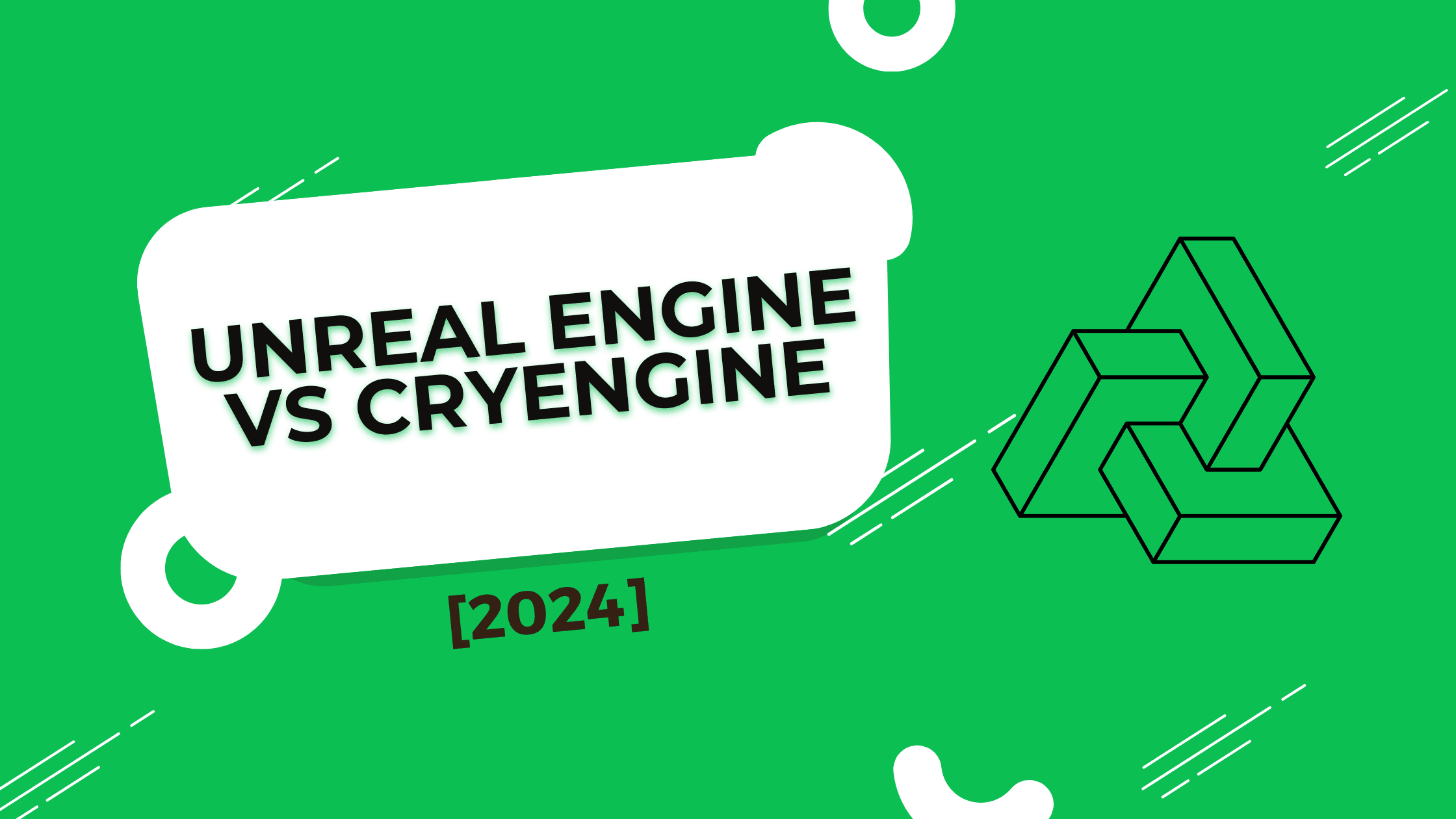Kim jest architekt rozwiązań i jaka jest jego rola? Rola i obowiązki
W stale ewoluującym świecie technologii i biznesu rola architekta rozwiązań staje się coraz bardziej kluczowa. Ale kim właściwie jest architekt rozwiązań i czym się zajmuje? W tym kompleksowym przewodniku zbadamy rolę architekta rozwiązań, jego obowiązki i istotną rolę, jaką odgrywa w wypełnianiu luki między potrzebami biznesowymi a rozwiązaniami technologicznymi.
Zrozumienie roli architekta rozwiązań
Architekt rozwiązań to profesjonalista, który projektuje, opisuje i zarządza inżynierią rozwiązań w odniesieniu do konkretnych problemów biznesowych. Rola ta ma kluczowe znaczenie dla zapewnienia, że rozwiązanie pasuje nie tylko do celu, ale także do ogólnej architektury przedsiębiorstwa i innych wymagań biznesowych.
Znaczenie architektury rozwiązań
Architektura rozwiązań jest jedną z kluczowych praktyk dla każdego projektu IT. Jest to proces projektowania, opisywania i zarządzania inżynierią rozwiązań w odniesieniu do konkretnych problemów biznesowych. Skuteczny architekt rozwiązań musi być w stanie zaprojektować i kierować rozwojem rozwiązań dla problemów biznesowych, biorąc pod uwagę istniejącą architekturę korporacyjną i architekturę techniczną.
Aby lepiej zrozumieć, w jaki sposób architekci rozwiązań wpisują się w szerszy krajobraz IT, zapoznaj się z naszym artykułem na temat stanowisk programistycznych w IT.
Kluczowe obowiązki architekta rozwiązań
Rola i obowiązki architekta rozwiązań są wieloaspektowe i kluczowe dla powodzenia każdego projektu. Oto niektóre z podstawowych obowiązków:
- Analiza wymagań biznesowych: Architekt rozwiązań musi zrozumieć i przeanalizować potrzeby biznesowe, aby stworzyć kompleksowe rozwiązanie.
- Projektowanie rozwiązania: Są odpowiedzialni za tworzenie ogólnej wizji rozwiązania, które spełnia potrzeby biznesowe.
- Zapewnienie wykonalności technicznej: Architekt musi upewnić się, że proponowane rozwiązanie jest technicznie wykonalne i zgodne ze strategią technologiczną organizacji.
- Kierowanie zespołem programistów: Architekci rozwiązań ściśle współpracują z zespołami programistów, aby zapewnić prawidłowe wdrożenie rozwiązania.
- Zarządzanie ryzykiem: Muszą identyfikować potencjalne zagrożenia i opracowywać strategie ich ograniczania.
- Zapewnienie najlepszych praktyk: Architekt rozwiązań musi zapewnić przestrzeganie najlepszych praktyk w całym procesie rozwoju.
- Komunikacja pomostowa: Działają jako pomost między interesariuszami technicznymi i nietechnicznymi, zapewniając skuteczną komunikację.
Dodatkowe obowiązki
- Wybór technologii: Architekci rozwiązań są często odpowiedzialni za wybór odpowiednich technologii i narzędzi dla danego projektu.
- Optymalizacja wydajności: Muszą upewnić się, że rozwiązanie działa wydajnie i może być skalowane zgodnie z potrzebami.
- Integracja zabezpieczeń: W dzisiejszym cyfrowym krajobrazie architekci rozwiązań muszą uwzględniać w swoich projektach solidne środki bezpieczeństwa.
- Zarządzanie kosztami: Muszą zrównoważyć wymagania techniczne z ograniczeniami budżetowymi.
- Zgodność z przepisami: Zapewnienie zgodności rozwiązań z odpowiednimi przemysł normy i przepisy.
Zestaw umiejętności skutecznego architekta rozwiązań
Aby doskonalić się w roli architekta rozwiązań, trzeba posiadać zróżnicowany zestaw umiejętności, który łączy wiedzę techniczną z przenikliwością biznesową. Oto kilka podstawowych umiejętności:
- Biegłość techniczna: Dobre zrozumienie różnych technologii, frameworków i platform.
- Wiedza biznesowa: Zrozumienie procesu biznesowego i umiejętność dostosowania technologii do celów biznesowych.
- Umiejętności komunikacyjne: Umiejętność wyjaśniania złożonych koncepcji technicznych interesariuszom nietechnicznym.
- Umiejętności rozwiązywania problemów: Umiejętność znajdowania innowacyjnych rozwiązań złożonych problemów.
- Przywództwo: Umiejętność kierowania i mentorowania zespołom programistów.
- Zarządzanie projektami: Umiejętność zarządzania terminami, zasobami i rezultatami.
- Zdolność adaptacji: Nadążanie za szybko zmieniającymi się technologiami i metodologiami.
Zaawansowane umiejętności
- Myślenie systemowe: Zdolność do zrozumienia, w jaki sposób różne części systemu oddziałują na siebie i wpływają na siebie nawzajem.
- Planowanie strategiczne: Długoterminowa wizja dostosowania rozwiązań do przyszłych celów biznesowych.
- Umiejętności negocjacyjne: Równoważenie potrzeb różnych interesariuszy i dokonywanie kompromisów w razie potrzeby.
- Analiza danych: Zrozumienie i interpretacja danych w celu podejmowania świadomych decyzji.
- Zarządzanie zmianą: Prowadzenie organizacji przez wdrażanie nowych rozwiązań.
Aby dowiedzieć się więcej na temat znaczenia umiejętności komunikacyjnych w IT, w tym dla architektów rozwiązań, przeczytaj nasz artykuł na temat czym jest netykieta.
Architekt rozwiązań a inne role architektoniczne
Ważne jest, aby zrozumieć, w jaki sposób rola architekta rozwiązań różni się od innych stanowisk architektonicznych:
Architekt rozwiązań a architekt korporacyjny
Podczas gdy architekt rozwiązań koncentruje się na konkretnych rozwiązaniach dla konkretnych problemów biznesowych, architekt korporacyjny zajmuje się ogólną strategią technologiczną organizacji. Architektura korporacyjna patrzy z szerszej perspektywy, zapewniając, że wszystkie rozwiązania pasują do szerszego ekosystemu technologicznego firmy.
Architekt rozwiązań a architekt techniczny
Architekt techniczny (znany również jako architekt infrastruktury) zazwyczaj koncentruje się na technicznej implementacji i specyficznych dla sprzętu aspektach rozwiązania. Natomiast architekt rozwiązań ma szersze spojrzenie, biorąc pod uwagę zarówno aspekty biznesowe, jak i techniczne.
Architekt rozwiązań a architekt oprogramowania
Architekci oprogramowania koncentrują się przede wszystkim na aspektach tworzenia oprogramowania, w tym standardach kodowania i wzorcach projektowych oprogramowania. Architekci rozwiązań, choć mogą być zaangażowani w te aspekty, biorą również pod uwagę szerszy kontekst biznesowy i ogólny projekt rozwiązania.
Droga do zostania architektem rozwiązań
Droga do zostania architektem rozwiązań często składa się z kilku etapów:
- Edukacja: Zazwyczaj wymagany jest dyplom z informatyki, technologii informacyjnej lub pokrewnej dziedziny.
- Doświadczenie: Większość architektów rozwiązań ma kilkuletnie doświadczenie w IT, często zaczynając jako programiści lub administratorzy systemów.
- Specjalizacja: Rozwijanie wiedzy specjalistycznej w określonych technologiach lub branżach może być korzystne.
- Certyfikacja: Wielu architektów rozwiązań dąży do uzyskania certyfikatów potwierdzających ich umiejętności.
Certyfikacja architekta rozwiązań
Kilka organizacji oferuje certyfikaty architektów rozwiązań. Niektóre z popularnych to:
- Certyfikowany architekt rozwiązań AWS: Dla osób pracujących z technologiami AWS.
- Certyfikat Microsoft: Azure Solutions Architect Expert: Dla architektów pracujących z Microsoft Azure.
- Certyfikowany architekt Open Group (Open CA): Neutralny dla dostawców certyfikat dla architektów IT.
- Certyfikowany architekt techniczny Salesforce: Dla osób specjalizujących się w rozwiązaniach Salesforce.
Certyfikaty te mogą potwierdzić umiejętności i wiedzę architekta, potencjalnie prowadząc do lepszych możliwości kariery.
Rola architektów rozwiązań w różnych branżach
Architekci rozwiązań odgrywają kluczową rolę w różnych branżach, dostosowując swoje umiejętności do wyzwań specyficznych dla danego sektora:
Usługi finansowe
W sektorze finansowym architekci rozwiązań muszą projektować systemy, które są nie tylko bezpieczne i zgodne z przepisami, ale także zdolne do obsługi dużych transakcji i przetwarzania danych w czasie rzeczywistym.
Opieka zdrowotna
Architekci rozwiązań w służbie zdrowia koncentrują się na tworzeniu interoperacyjnych systemów, które mogą obsługiwać wrażliwe dane pacjentów przy jednoczesnym zachowaniu zgodności z surowymi przepisami dotyczącymi prywatności, takimi jak HIPAA.
Handel elektroniczny
W handlu elektronicznym architekci rozwiązań projektują skalowalne platformy, które mogą obsłużyć szczytowe obciążenia podczas wydarzeń sprzedażowych i zapewnić płynną obsługę klienta w wielu kanałach.
Produkcja
Architekci rozwiązań w branży produkcyjnej często pracują nad rozwiązaniami IoT, optymalizacją łańcucha dostaw i systemami, które integrują się z przemysłowymi systemami sterowania.
Rząd
W sektorze publicznym architekci rozwiązań muszą poruszać się po złożonej biurokracji i projektować systemy, które mogą zaspokajać różnorodne potrzeby obywateli przy jednoczesnym zachowaniu wysokiego poziomu bezpieczeństwa i przejrzystości.
Przyszłość architektury rozwiązań
Wraz z ewolucją technologii zmienia się również rola architekta rozwiązań. Oto kilka trendów kształtujących przyszłość architektury rozwiązań:
- Architektura chmury: Wraz z rosnącą popularnością przetwarzania w chmurze, architekci rozwiązań muszą być dobrze zorientowani w technologiach chmurowych. Więcej informacji na temat przetwarzania w chmurze można znaleźć w artykule Cloudflare na temat tego, czym jest chmura.
- Sztuczna inteligencja i uczenie maszynowe: Technologie te stają się coraz ważniejsze w projektowaniu rozwiązań.
- Internet rzeczy (IoT): Architekci rozwiązań muszą rozważyć, w jaki sposób urządzenia IoT integrują się z ogólnymi rozwiązaniami.
- Cyberbezpieczeństwo: Wraz z rosnącymi zagrożeniami bezpieczeństwa, architekci rozwiązań muszą nadać priorytet bezpieczeństwu w swoich projektach.
- Agile i DevOps: Znajomość tych metodologii staje się kluczowa dla architektów rozwiązań.
Pojawiające się trendy
- Edge Computing: W miarę jak przetwarzanie zbliża się do źródeł danych, architekci rozwiązań muszą odpowiednio dostosowywać swoje projekty.
- Blockchain: Zrozumienie technologii rozproszonego rejestru staje się coraz bardziej cenne.
- Obliczenia kwantowe: Architekci rozwiązań powinni zacząć rozważać potencjalny wpływ obliczeń kwantowych na projektowanie systemów.
- Green IT: Zrównoważony rozwój staje się kluczowym czynnikiem przy projektowaniu rozwiązań.
- Rozszerzona i wirtualna rzeczywistość: Technologie te otwierają nowe możliwości dla interfejsów użytkownika i wizualizacji danych.
Wpływ architektów rozwiązań na sukces biznesowy
Architekci rozwiązań odgrywają istotną rolę w zapewnieniu sukcesu projektów IT, a co za tym idzie, sukcesu firmy. Oto jak się do tego przyczyniają:
- Dostosowanie technologii do celów biznesowych: Rozumiejąc zarówno aspekty techniczne, jak i biznesowe, architekci rozwiązań zapewniają, że rozwiązania technologiczne wspierają cele biznesowe.
- Ograniczanie ryzyka: Dzięki starannemu planowaniu i zarządzaniu ryzykiem architekci rozwiązań pomagają zminimalizować niepowodzenia projektów.
- Optymalizacja kosztów: Projektując wydajne rozwiązania, mogą pomóc zredukować niepotrzebne koszty.
- Poprawa czasu wprowadzania produktów na rynek: Dobrze zaprojektowane rozwiązania mogą być wdrażane szybciej, dając firmom przewagę konkurencyjną.
- Zapewnienie skalowalności: Architekci rozwiązań projektują z myślą o przyszłym rozwoju, zapewniając skalowalność rozwiązań wraz z rozwojem firmy.
Pomiar wpływu
Aby określić wpływ architektów rozwiązań, organizacje często analizują takie wskaźniki, jak
- Redukcja wskaźników niepowodzeń projektów
- Poprawiona wydajność systemu i czas pracy bez przestojów
- Skrócenie czasu wprowadzania na rynek nowych produktów lub usług
- Zwiększony zwrot z inwestycji w technologię
- Wyższe wskaźniki przyjęcia nowych systemów przez użytkowników
Wyzwania stojące przed architektami rozwiązań
Rola architekta rozwiązań jest satysfakcjonująca, ale wiąże się też z wieloma wyzwaniami:
- Nadążanie za technologią: Szybkie tempo zmian technologicznych wymaga ciągłego uczenia się i adaptacji.
- Równoważenie potrzeb interesariuszy: Architekci rozwiązań muszą często pośredniczyć między różnymi interesariuszami o sprzecznych priorytetach.
- Zarządzanie złożonością: W miarę jak systemy stają się coraz bardziej połączone, zarządzanie ich złożonością staje się coraz większym wyzwaniem.
- Zapewnienie bezpieczeństwa: Ponieważ cyberzagrożenia stale ewoluują, utrzymanie solidnych zabezpieczeń jest ciągłym wyzwaniem.
- Ograniczenia budżetowe: Architekci rozwiązań często muszą znaleźć kreatywne sposoby na zaspokojenie potrzeb biznesowych w ramach ograniczonych budżetów.
Wnioski: Główna rola architektów rozwiązań
W dzisiejszym świecie biznesu opartym na technologii, architekci rozwiązań odgrywają kluczową rolę w zapewnieniu, że rozwiązania technologiczne spełniają potrzeby biznesowe w sposób skuteczny i wydajny. Wypełniają lukę między wymaganiami biznesowymi a implementacją techniczną, zapewniając, że rozwiązania są nie tylko solidne technicznie, ale także dostosowane do celów biznesowych.
Rola architekta rozwiązań jest trudna, ale satysfakcjonująca, wymagająca unikalnego połączenia wiedzy technicznej, przenikliwości biznesowej i umiejętności interpersonalnych. Ponieważ technologia wciąż ewoluuje i staje się coraz bardziej złożona, znaczenie wykwalifikowanych architektów rozwiązań będzie tylko rosło.
Niezależnie od tego, czy aspirujesz do zostania architektem rozwiązań, czy pracujesz z jednym z nich przy następnym projekcie, zrozumienie tej kluczowej roli może pomóc Ci docenić wartość, jaką wnoszą do stołu. W końcu skuteczni architekci rozwiązań są kluczem do tworzenia rozwiązań technologicznych, które napędzają sukces biznesowy.
Aby uzyskać więcej informacji na temat świata tworzenia oprogramowania i architektury, zapoznaj się z naszym artykułem na temat Najlepsze firmy programistyczne w Polsce.
Wraz z postępującą cyfryzacją i transformacją przedsiębiorstw, zapotrzebowanie na wykwalifikowanych architektów rozwiązań prawdopodobnie wzrośnie. Ci, którzy potrafią skutecznie zrównoważyć wiedzę techniczną z przenikliwością biznesową, jednocześnie wyprzedzając pojawiające się technologie, będą dobrze przygotowani do odniesienia sukcesu w tej dynamicznej i satysfakcjonującej dziedzinie.













